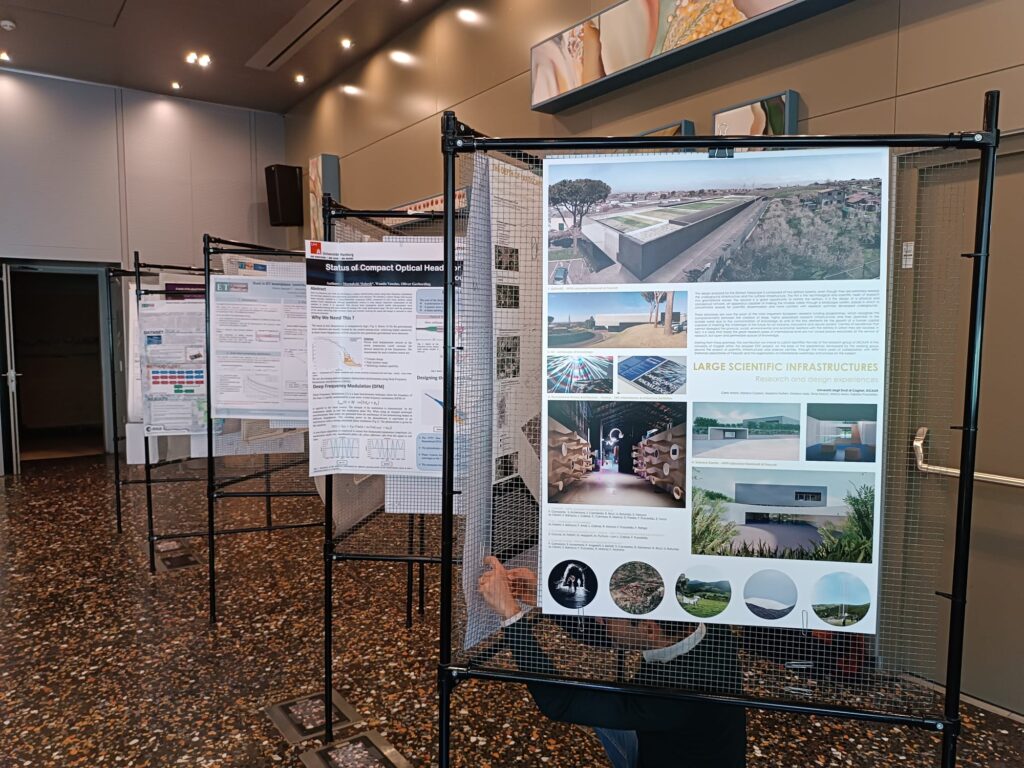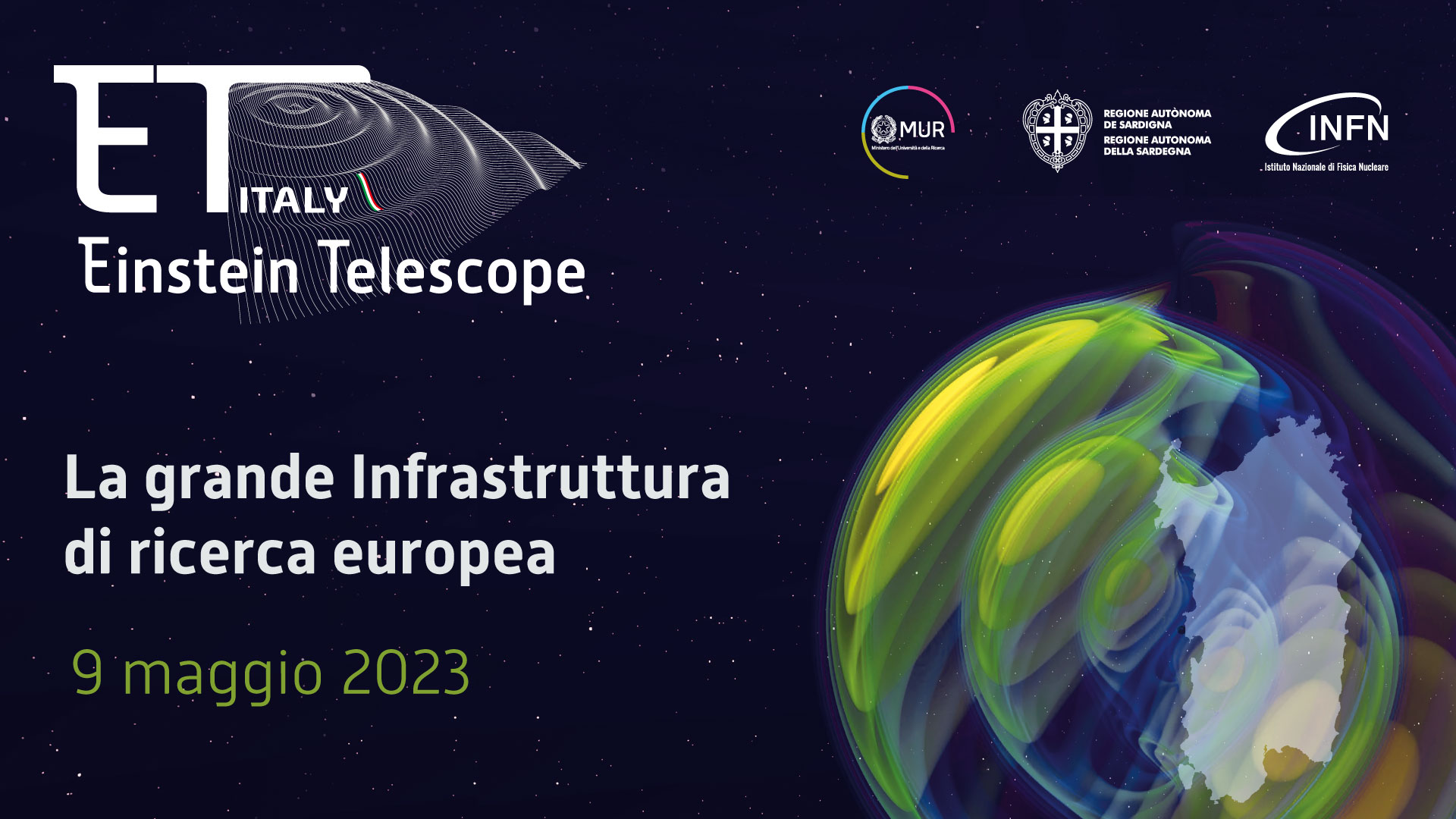ecourbanlab partecipa alla mostra dei contributi scientifici per lo sviluppo del progetto ET
Carlo Atzeni, Stefano Cadoni, Massimo Faiferri, Stefano Mais, Silvia Mocci, Marco Moro, Fabrizio Pusceddu
Università degli Studi di Cagliari – Dipartimento di Ingegneria Civile, Ambientale e Architettura- DICAAR
ET Research Laboratory – Architecture and Territory – in ETIC project
Introduction: Massimo Faiferri, Carlo Atzeni
Large scientific infrastructures: Research and design experiences
Fabrizio Pusceddu, Massimo Faiferri
The depth of landscape: perspectives, directions and design methods towards complex stratifications
Silvia Mocci, Stefano Cadoni
The Form of Science: archetypes, figures, and images of the territories of knowledge
Marco Moro Stefano Mais
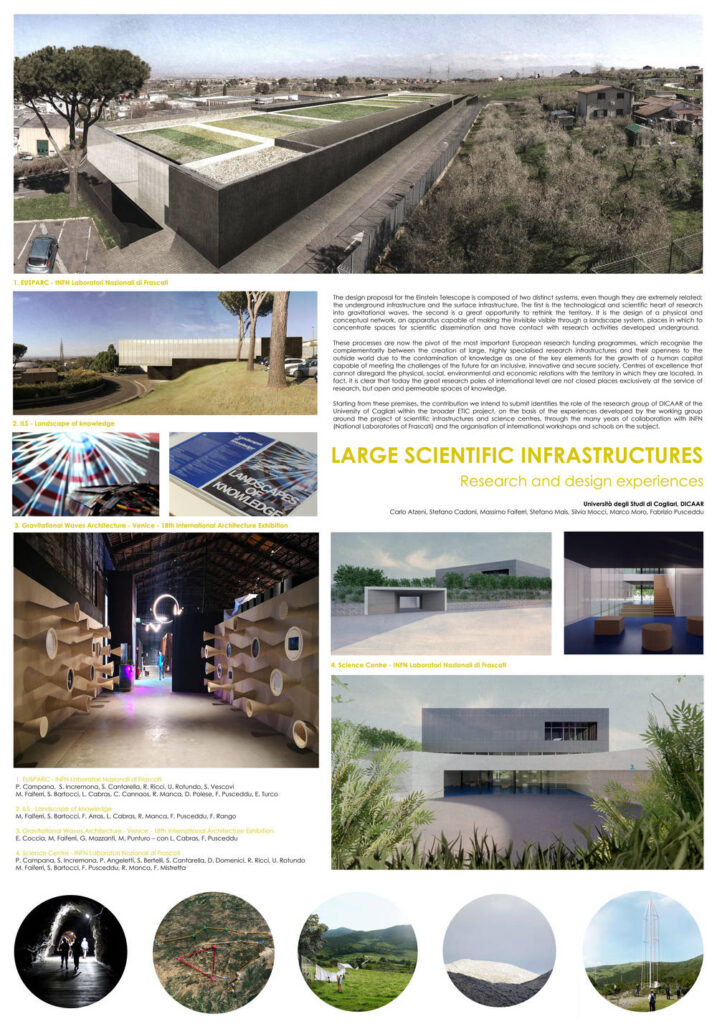
Abstract 1 (ENG)
Large scientific infrastructures: Research and design experiences
The contribution we intend to submit identifies the role of the research group of DICAAR of the University of Cagliari within the broader ETIC project, on the basis of the experiences developed by the working group around the project of scientific infrastructures and science centres, through the many years of collaboration with INFN (National Laboratories of Frascati) and the organisation of international workshops and schools on the subject.
Abstract 1 (ITA)
Grandi infrastrutture scientifiche: Esperienze di ricerca e progetto
Il contributo che si intende presentare individua il ruolo del gruppo di ricerca del DICAAR dell’Università di Cagliari all’interno del più ampio progetto ETIC, sulla base delle esperienze sviluppate dal gruppo di lavoro intorno al progetto delle grandi infrastrutture scientifiche e degli science centre, tramite la pluriennale collaborazione con l’INFN (Laboratori Nazionali di Frascati) e l’organizzazione di workshop e scuole internazionali sul tema.
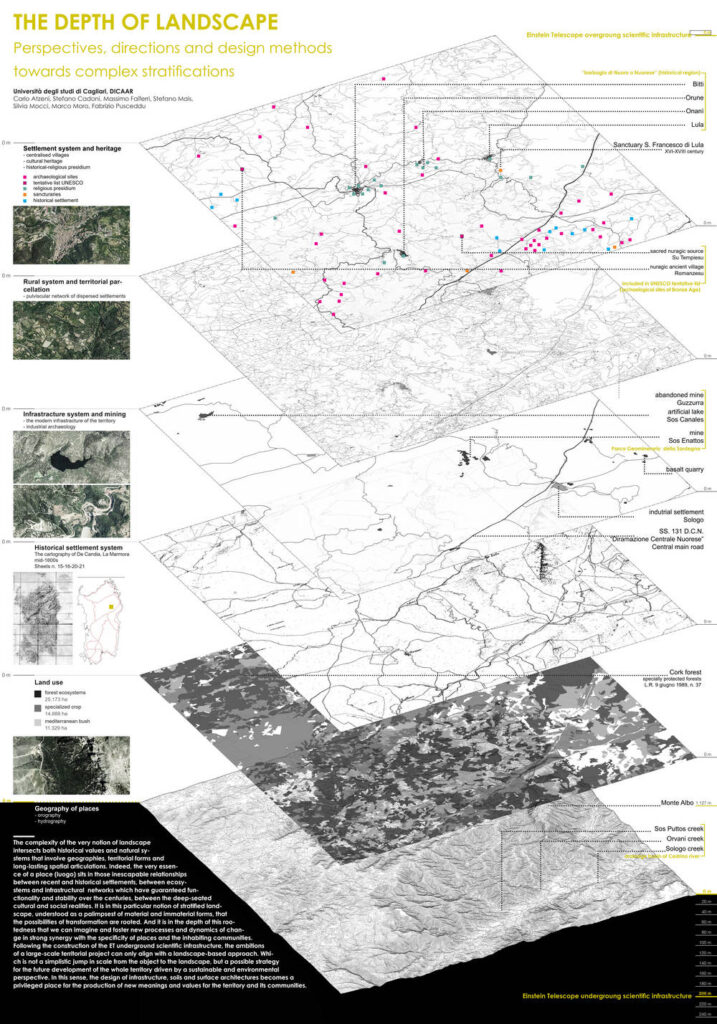
Abstract 2 (ENG)
The depth of landscape: perspectives, directions and design methods towards complex stratifications
The aim of this contribution is to reflect on the crucial role that the cultural-historical landscape is called to play, as a whole, within the major processes of change in the contemporary world.
The complexity of the very notion of landscape intersects both historical values and natural systems that involve geographies, territorial forms and long-lasting spatial articulations.
The territory transformation project should therefore be considered from a landscape, environmental and sustainable point of view.
Abstract 2 (ITA)
Lo spessore del paesaggio: prospettive, indirizzi e metodi progettuali per stratificazioni complesse.
Con questo contributo si vuole riflettere sul ruolo che il paesaggio storico-culturale, nel suo insieme, è chiamato a svolgere all’interno dei grandi processi di cambiamento della contemporaneità. La complessità del paesaggio interseca sistemi e valori, storici e naturali, che si riversano in geografie, forme territoriali e articolazioni spaziali di lunga durata. Il progetto di trasformazione del territorio deve essere perciò considerato da un punto di vista paesaggistico, ambientale e sostenibile.
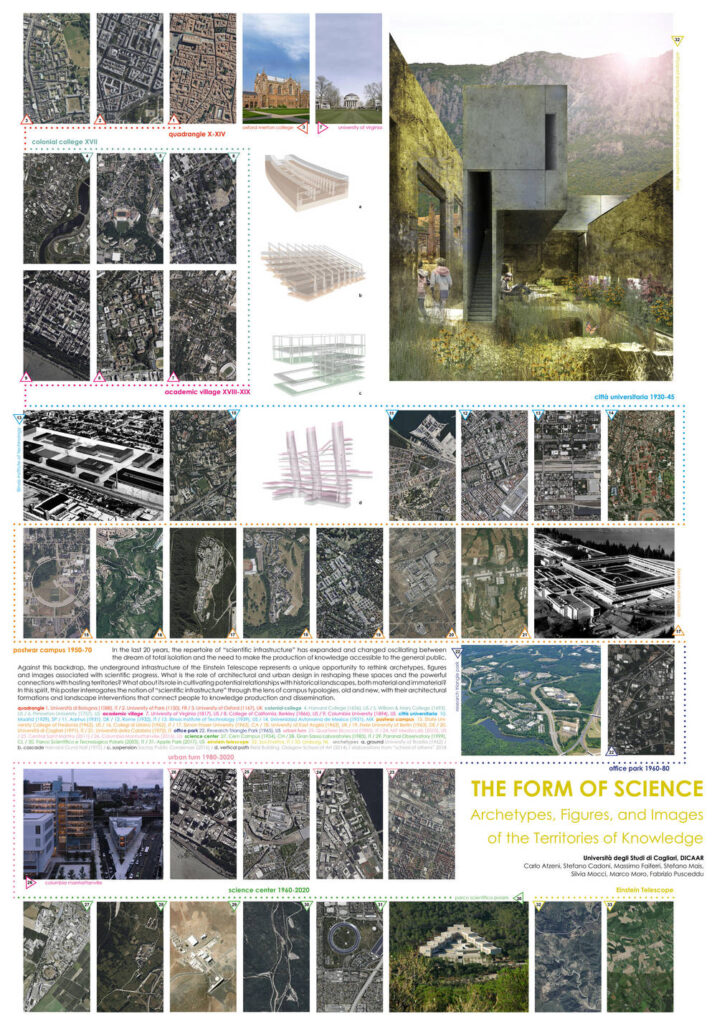
Abstract 3 (ENG)
The Form of Science: archetypes, figures, and images of the territories of knowledge
This paper interrogates the notion of “scientific infrastructure” through the lens of campus typologies, old and new, with a particular focus on their architectural formations and landscape interventions that connect people to services of knowledge production and dissemination.
Abstract 3 (ITA)
Le Forme della Scienza: archetipi, figure e immagini dei territori della conoscenza
Il presente lavoro interroga la nozione di “infrastruttura scientifica” attraverso la lente delle tipologie di campus, del passato e del presente, con un focus specifico sulle forme architettoniche e degli interventi paesaggistici che connettono le persone ai servizi della produzione e disseminazione della conoscenza.
